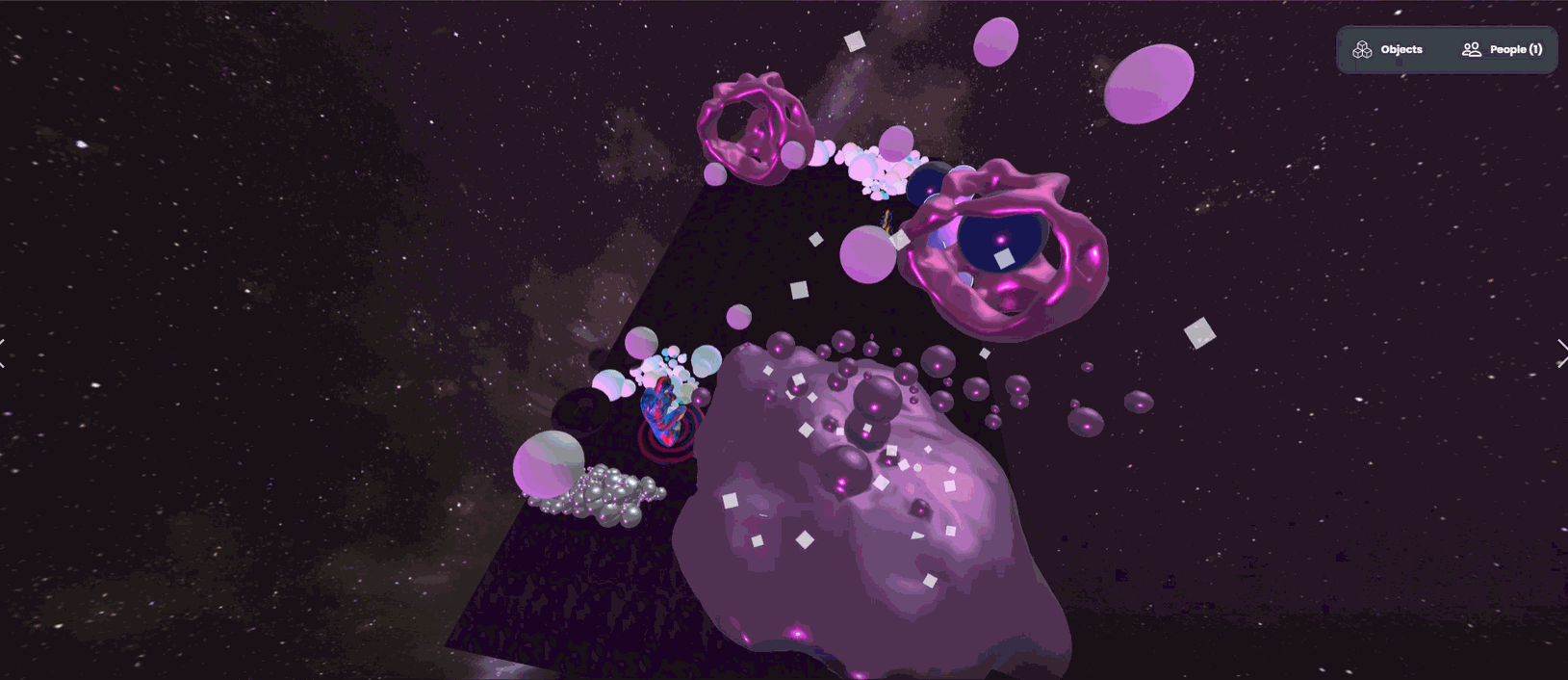Student life can be, both, emotionally and physically draining. Students juggle with academic expectations at the same time they go through the pains of growing up and starting an independent life. This adds to an ever-growing sense of unease and uncertainty about the future that can take a toll on a student’s mental and physical wellbeing. However, even if the topic of mental health has risen to prominence, it is still difficult for young adults to perceive their own emotions and assess their wellbeing. This can lead to a loss of confidence and will to continue with their careers and reach their life goals.
The Academy of Physical Education (ALO), as well as the elite student athlete program of the Amsterdam University of Applied Sciences (HvA), are trying to tackle this issue by exploring the potential of Digital Twin technologies to better understand and assess their student’s academic, physical, and emotional needs.
According to Malesse, Pasquale, and Riemma
“A digital twin is a virtual representation of a physical product, asset, process, system, or service that allows us to understand, predict, and optimise their performance for better business outcomes”
Even though it generally refers to virtual representations for data-driven decision making, ‘Digital Twin’ is nevertheless a vague term, mostly used in industrial and manufacturing contexts, and with no universally agreed upon definition. So instead of giving a simple definition, Korenhof, Blok, and Kloppenburg have detected several common -yet non-fundamental- traits of Digital Twin technologies:
Digital Twins are real-time dynamic representations of a physical entity or process. Digital Twins are realistic and comprehensive representations. They are expected to go beyond being an abstraction of the physical entity and provide information not directly accessible in the original. Digital Twins are regularly ascribed predictive qualities. The representation is expected to reflect potential future states of the physical entity, like the entity’s future behaviour. Digital Twins tend to be ascribed prescriptive qualities. The twin is expected to determine the behaviour of the physical entity, normally by optimising, increasing efficiency, fostering “correct” outcomes, or decreasing deviation. That is, a Digital Twin projects a moral view or a desired end state on the physical entity it is modelling. Digital Twins create a “virtuous” feedback loop between the represented object and itself. Taking these aspects into consideration, Digital Twin technologies applied to mental health and educational contexts would be a virtual representation of the students’ journey through an academic program. Ideally, it would model the relations between the different actors involved: students, teachers, coaches, mentors, parents, etc. However, both mental health and education are not necessarily processes that can be easily measured, assigned indicators, and therefore optimised.
Short biography
Why wait until the tech that shapes our future is a given? Instead, let’s work on ideas to successfully integrate digital technology in our lives and society today.
At Digital Society School we invite you to direct your interests, knowledge and effort towards building a digital society. Because we believe that it can -and should- be inclusive, intelligent, and involve us all.
Change is paradoxical, in that we continuously strive for it while being afraid of it at the same time. Transformation takes this one step further. It touches the core of what everything has been like up to the point of transformation. It requires creativity and courage: the courage to pursue grand, abstract goals and the creativity to solve, by 2030, the challenges the world now faces.
To this end, we have founded the Digital Society School. Through the school, we seek to research the impact of technology on society, develop the skills necessary to guide the transformation and pass on this knowledge and these skills to a new generation of professionals. They are ready to begin work on the United Nations Sustainable Development Goals for 2030. They will be the architects of transformation, across the world as well as in your organisation

